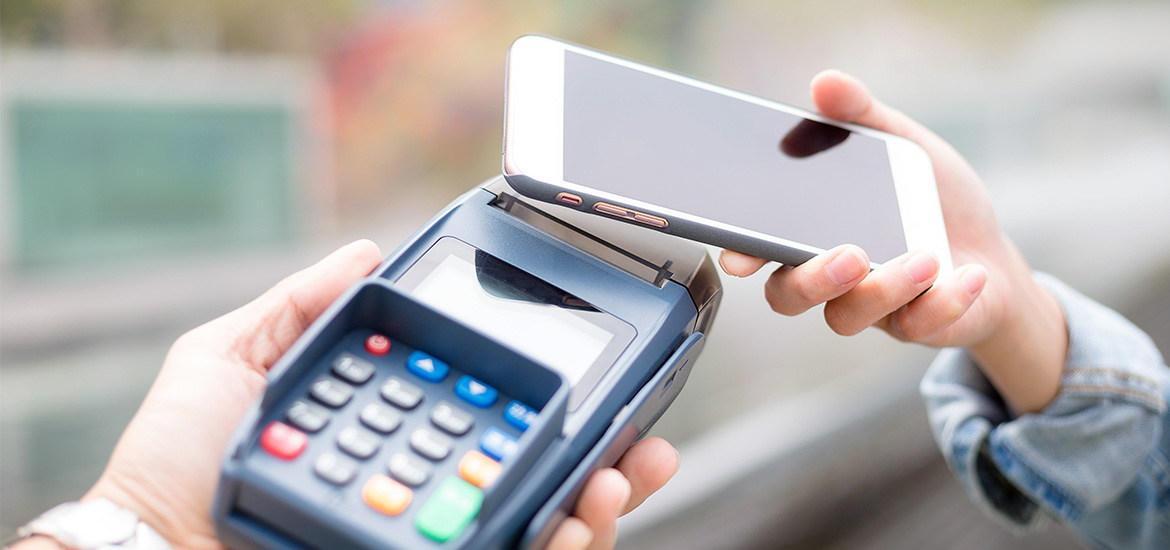ONE in two people will use a mobile wallet by 2025, led by the fastest-growing markets of South-east Asia, Latin America, and Africa and the Middle East where mobile wallets are displacing cash and cards for more convenient digital payments.
According to a report by fintech Boku and digital technology analyst house Juniper Research, the Far East and China continues to be the largest mobile wallet region in the world with 1.34 billion users in 2020.
Meanwhile, markets including Japan, South Korea and Taiwan will continue to see accelerated adoption of mobile wallets with 98.4 per cent market penetration by 2025.
South-east Asia, meanwhile, is the fastest-growing mobile wallet region. Usage is expected to grow by 311 per cent between 2020 and 2025, reaching up to 439.7 million wallets in use across Indonesia, Malaysia, the Philippines, Singapore, Thailand and Vietnam from 141.1 million in 2020.
The rise in e-commerce and dominance of super-apps like Grab and Gojek, particularly in markets such as the Philippines and Indonesia, is driving accelerated mobile wallet adoption, it noted.







